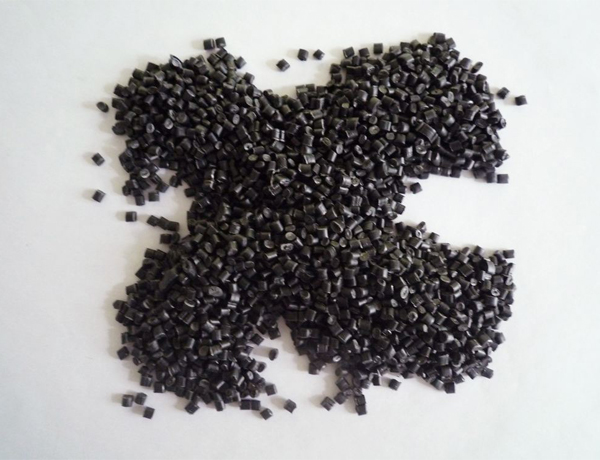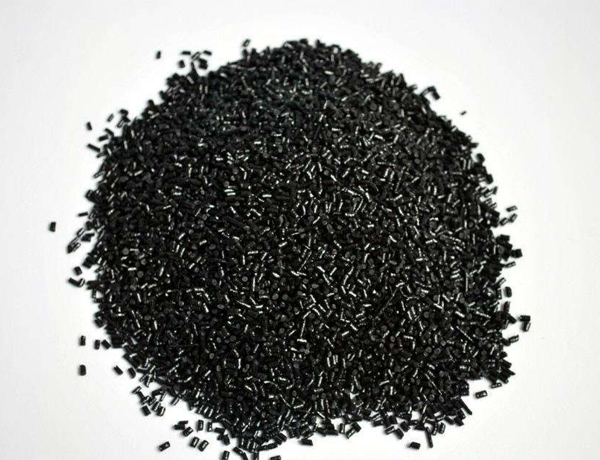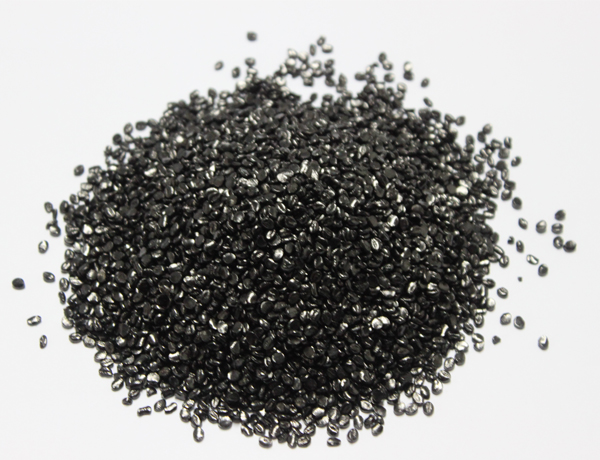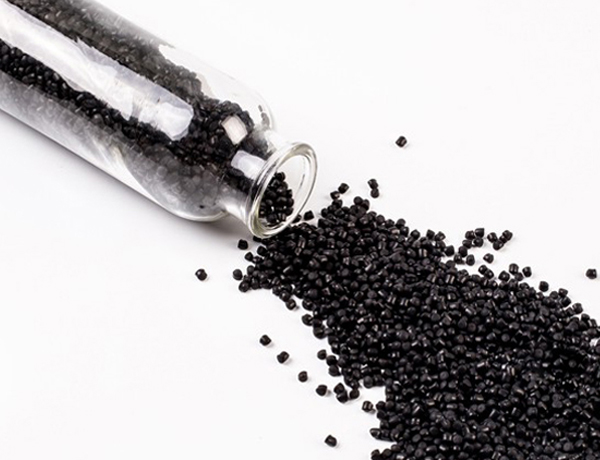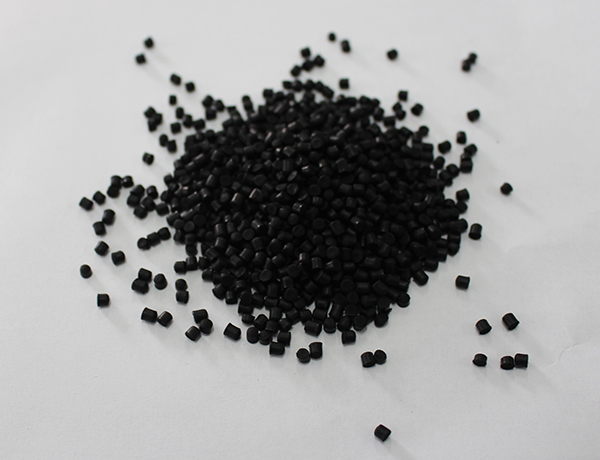Peroxide Crosslinked Semiconductive Internal Shielding Material (35KV) for Conductor of XLPE Insulated Cable
Product name, model, use
| Product model |
Product Name |
Features and uses |
|---|---|---|
|
PYJD |
Peroxide Crosslinked Semiconductive Shielding Material for Conductor of XLPE Insulated Cable |
Crosslinked Semiconductive Internal Shielding Material 35 KV and Below |
Product introduction
This project is a semi-conductive shielding material obtained by mixing, plasticizing and extruding granules with polyolefin as the base material, conductive carbon black and various specific additives.
Product Features
·Excellent Conductivity ·Excellent anti-aging properties
·Excellent processability ·Excellent peelability
· excellent mechanical properties
Usage features
Cross-linked semi-conductive shielding materials are suitable for cable conductors and allow a maximum operating temperature of 90 ° C for long periods of time.
Thermoplastic semi-conductive shielding materials are suitable for cable conductors and allow a maximum operating temperature of 70 ° C for long periods of time.
Processing Guide
It is suitable for processing on the existing screw equipment of power cable, and can obtain good extrusion process effect.
Recommended processing temperature:
| Zone | 1# | 2# | 3# | 4# | 5# | Head |
|---|---|---|---|---|---|---|
| Temp(℃) | 80 | 85 | 90 | 95 | 100 | 110 |
Storage and packaging
The semi-conductive shielding material should be stored in a clean, dry and ventilated warehouse. The storage temperature should not be lower than 0 °C, and the stacking height should not exceed three boxes. The storage period shall not exceed six months from the third day of production.
The semi-conductive shielding material should be packaged in moisture-proof packaging. The inner bag is made of PE composite film bag. After being sealed and packaged, it is packed into a hard corrugated cardboard box which is not easy to be damaged. The waterproof film of the outer casing is 500Kg± 1Kg per box.
Technical Features
| Physical performance |
Unit |
Standard value |
SH8505 or DTI-36 |
Standard value |
SH8506 or DTO-36-N |
Test method |
|---|---|---|---|---|---|---|
|
density |
g/cm3 |
≤1.18 |
1.12 |
≤1.18 |
1.15 |
GB/T 1033.1 |
|
Low temperature impact embrittlement temperature |
℃ |
-40 |
pass |
-40 |
pass |
GB/T 5470 |
|
Heat extension,200℃0.2MPa |
|
|
|
|
|
GB/T 2951.5 |
|
Elongation under load |
% |
≤100 |
50 |
≤110 |
48 |
|
|
Permanent deformation after cooling |
% |
≤15 |
0 |
≤15 |
0 |
|
|
Melt Index 100℃21.6Kg |
g/10min |
≤1.5 |
1 |
≥2.0 |
1.5 |
GB/T 3682 |
|
|
|
|
|
|
|
|
|
Mechanical properties |
Unit |
Standard value |
SH8505 or DTI-36 |
Standard value |
SH8506 or DTO-36-N |
Test method |
|
Tensile Strength |
MPa |
≥12 |
14 |
≥10 |
14.2 |
GB/T 1040.3 |
|
Elongation at break |
% |
≥180 |
240 |
≥200 |
290 |
GB/T 1040.3 |
|
|
|
|
|
|
|
|
|
Aging performance |
Unit |
Standard value |
SH8505 or DTI-36 |
Standard value |
SH8506 or DTO-36-N |
Test method |
|
Heat aging performance 135℃×168h |
|
|
|
|
|
GB/T 2951.12 |
|
Tensile strength change rate |
% |
±30 |
1 |
±30 |
15 |
GB/T 1040.3 |
|
Rate of change in elongation at break |
% |
±30 |
-27 |
±30 |
-22 |
GB/T 1040.3 |
|
|
|
|
|
|
|
|
|
Electrical performance |
Unit |
Standard value |
SH8505 or DTI-36 |
Standard value |
SH8506 or DTO-36-N |
Test method |
|
20℃ Volume resistivity |
Ω·cm |
≤100 |
31 |
≤100 |
90 |
GB/T 1410 |
|
90℃ Volume resistivity |
Ω·cm |
≤5000 |
491 |
≤2500 |
680 |
GB/T 1410 |
|
Volume resistance after heat aging 100℃×168h |
h |
|
|
|
|
|
|
90℃ Volume resistivity |
Ω·cm |
≤1000 |
306 |
≤1000 |
489 |
GB/T 1410 |
|
|
|
|
|
|
|
|
|
Peel strength |
N/cm |
- |
- |
10-40 |
29 |
|
|
Peel strength after aging 100℃×168h |
h |
|
|
|
|
|
|
Peel strength |
N/cm |
- |
- |
10-45 |
29 |
|


